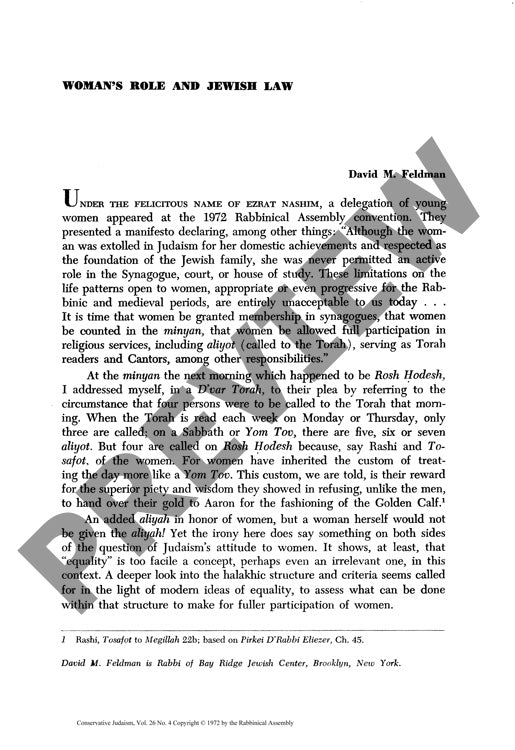Womans Role and Jewish Law
Couldn't load pickup availability
The 1972 Ezrat Nashim manifesto challenged traditional Jewish practice by demanding greater synagogue participation for women, sparking renewed examination of gender roles in religious observance. Through analysis of Talmudic texts, medieval commentaries, and responsa literature, a systematic investigation reveals that women's exclusion from certain ritual roles stems primarily from differences in halakhic (legal) obligation rather than ritual purity concerns. The concept of formal religious obligation (hiyyuv) emerges as the critical factor determining participation in communal worship, Torah honors (aliyot), and minyan composition. While Jewish observance patterns evolved within patriarchal social structures, medieval authorities support women's voluntary assumption of religious obligations and their recitation of accompanying benedictions. The research demonstrates that obligation-based requirements, not gender per se, explain why women may be included in certain contexts but not others. Understanding these fundamental principles of obligation, sexual segregation, and role differentiation reveals possibilities for expanded women's participation while maintaining traditional legal frameworks.

More Information
-
Physical Description
-
Publication Information
Published 1972
ISBN
-
Publication Credits
David Feldman

